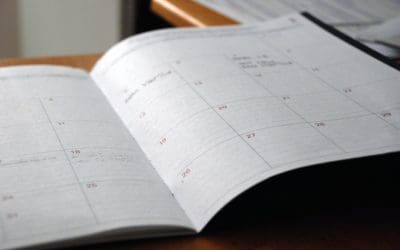So you’ve looked over your piece, and your minds-eye can see it on the page, even when it’s not in front of you. You know the basic details and have taken the time to make some initial connections with the music and the lyric. Refresh your memory here, if you like.
Next comes the fun part: Chiseling it Out
In this phase, you are at the piano, or with your teacher, or with a recording, and you are learning the piece note for note, line by line, phrase by phrase, melisma by melisma.
This is the most laborious and most rewarding part of the process. We take our time getting very familiar with our unshaped mass of rock, and we carefully chip away at it so it becomes exactly what we want it to be.
We also have to be careful with this part of the process: any sculptor knows that one incorrect hammer strike loses Venus an arm.
There are a few ways to approach this:
* Section the piece off into logical chunks (verses, bridge, chorus, transitions) and concentrate on one section at a time, chronologically through the piece. Don’t move on until you feel comfortable enough to sing each section with a casual glance at the music.
OR
* Learn each section type, as in, learn each verse, then learn the choruses, then the bridges, etc. I prefer this way when learning longer songs, because the connections come more smoothly. I also prefer this method when it comes to singing coloratura. Composers often use patterns, and the artist is required to look at the written patterns (often put in there by an editor rather than the composer!) and be able to make up their own (genre and style appropriate of course). Being able to parse out which run goes where is very helpful, and moving from run to run is also a great way to exercise the ear and the fluidity/flexibility of the vocal tract. In addition, your precision will go up because you are forcing yourself to see the itty-bitty differences from one run to the next.
OR
* Tackle the whole piece as a giant poem from beginning to end. I like this approach when learning short Art Songs, one or two page brief Song-Cycle type Songs, and Recitative. (Think William Bolcoms’ Waitin, or Charles Ives’ In the Mornin)
Hey! Here is some video of Waitin (Dawn Upshaw! AH! TOTALLY listen to both songs here, but Waitin starts at 3:30). Because if you haven’t heard them yet, you should, because they are rad.)
As you work through each chunk, you have several things to concentrate on:
- Melody line: notes and rhythms
- Language: This can be tricky for languages that have sounds in them that we do not use in English. It is imperative that you learn the pronunciations correctly.
- Breath Markings: write in your breaths. They are PART of the song, not IN the song. Note where you have time to relax the appoggio (several measures of deep breathing before singing again, perhaps?) and where you need to have the “silent surprise” breaths in only an eighth rest.
- Memorization: This is the stage that you are becoming so familiar with the song, the sheet music is no longer necessary. You will still have the sheet music available to you, to make artistic markings, subtext notes, etc, but the goal is to be able to look away from the music more often than not.
Next week, we Polish it Up and get it ready for performance!






0 Comments